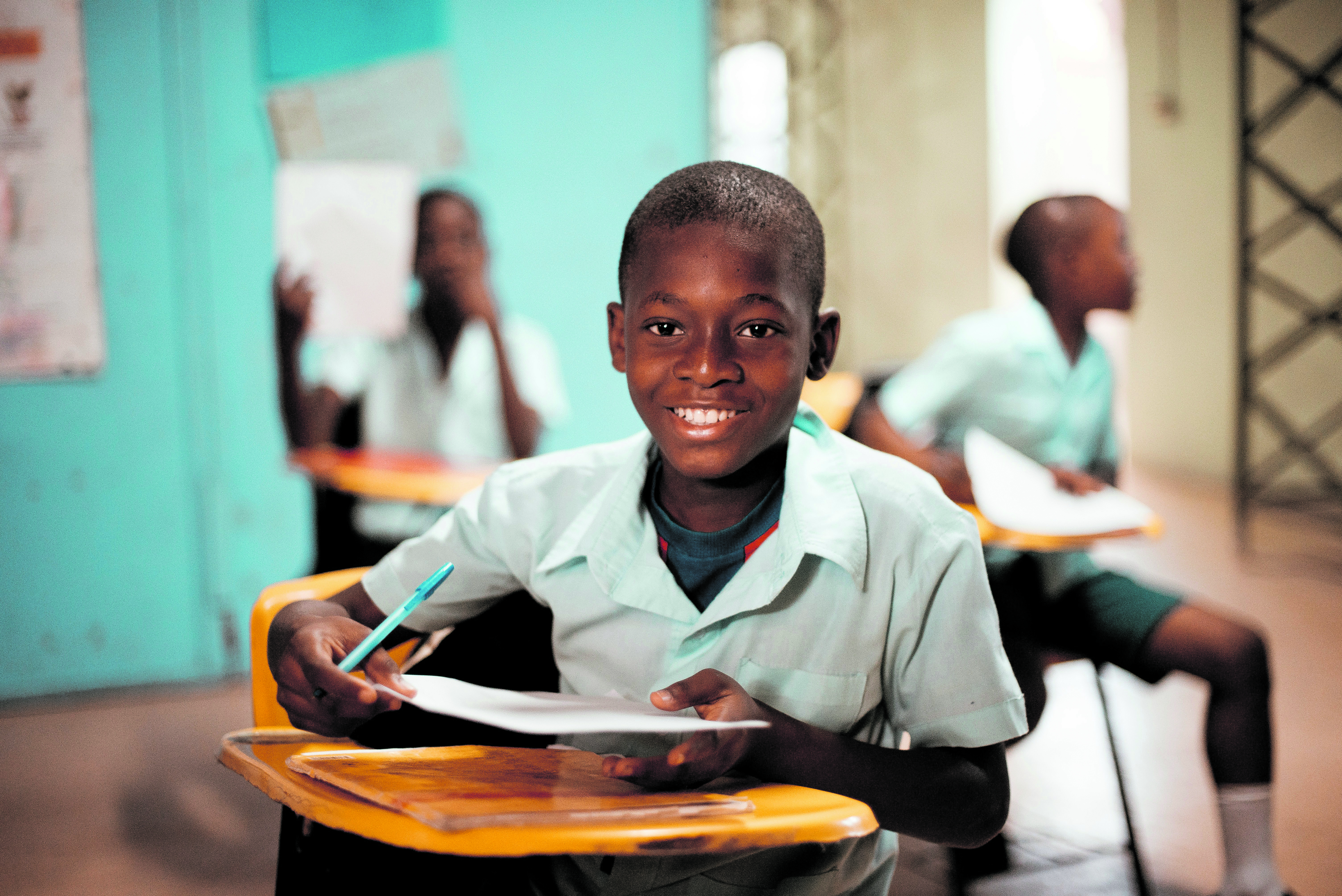One of the most contentious issues in education today is the effect of class size in schools. The main reason for the debate is that smaller classes involve increasing the number of teachers, which has implications for educational resourcing. Put more crudely, more teachers mean more money, and hard questions are asked about the value of this investment.
In this article, I revisit the class size debate and explore whether we are making any progress. The relationship between class size and learning achievement has been a significant topic. Research evidence from high school classrooms calls into question simple one-way relationships between class size and students’ learning and challenges us to re-examine teaching and learning in schools.
I rely heavily on a gold standard research article by David Pedder titled ‘Are Small Classes Better? Understanding Relationships between Class Size, Classroom Processes and Pupils’ Learning. The article critiques the assumption that smaller class sizes universally improve learning outcomes.
Pedder argues that while politicians often demand clear answers, class-size research reveals ambiguous and context-dependent results. He notes that early reviews highlight critical gaps such as the lack of attention to classroom processes mediating class size effects. Pedder brings together quantitative, qualitative and mixed-method studies and proposes models to explain how class size interacts with teaching and student learning.
He says that class size research has often ignored classroom dynamics and assumes links between class size and achievement, which overlooks both teachers’ and students’ agency in adapting to different contexts.
He shows that large-scale experiments (for example, Tennessee’s student-teacher achievement ratio project) and meta-analyses yield mixed results. The benefits of small classes are noticeable in early years (foundation-phase classes) for disadvantaged pupils, but fade in later primary years.
Pedder reviews a range of studies. Teachers in qualitative studies report challenges in large classes (such as limited individual attention), but often oversimplify class size as an isolated factor. He found there was more teacher-pupil interaction and off-task behaviour was minimised in smaller classes.
Read more: Breaking Point — why half of South Africa’s teachers are ready to walk away
Today, researchers highlight the importance of understanding classroom dynamics and processes that mediate the effects of class size on learning. Some research shows that teachers do not adapt their teaching strategies when moving between large and small classes, although subtle differences in perceptions and practices are observed.
Research in Hong Kong shows that students are more motivated and engaged in their learning in smaller classes and indicates that conditions to foster the development of a community of practice are more easily met in smaller classes.
An important study in business education showed the critical role of student involvement and teacher interaction on student success, regardless of class sizes, offering strategies to improve learning outcomes and student satisfaction in large classes.
Implementing active learning strategies, such as gamification and flipped classrooms, can help to mitigate the negative effects of larger class sizes and increase student engagement.
Another great idea was rebranding office hours to “happy hours”, which can enhance student engagement and foster a sense of community, even in larger classes.
From a practical point of view
I don’t want to minimise the challenges of teaching large classes. In the African context, teaching large classes presents many challenges rooted in systemic, infrastructural and socioeconomic constraints. Overcrowded classrooms, sometimes exceeding 100 pupils, are common because of inadequate school construction and insufficient teacher recruitment. These conditions are difficult for pupils and teachers and undermine educational quality. Teachers cannot provide meaningful individual attention.
In my experience in countries such as Lesotho and Malawi, I saw that students were passive and didn’t engage much. Most teachers resort to rote learning, since interactive methods seem impossible, stifling any critical thinking and creativity.
In many parts of our own country, the scarcity of resources exacerbates issues. Schools lack textbooks, writing materials and electricity, forcing teachers to rely on chalkboard instruction. Assessment is challenging in these contexts because teachers have hundreds of tasks to mark.
Poor ventilation means overcrowded classrooms often become hot and stuffy, making concentration difficult, and all these factors contribute to the teachers’ anxiety and stress.
Read more: Treasury’s Budget revisions may leave health and education under strain — civil society
Implications for policymakers
Governments around the world are under pressure to make education more effective. They need to be mindful of the following:
Organisational reforms: Class size adjustments must go hand in hand with innovations such as peer tutoring, teaching assistants or technology.
Flexible grouping: Policymakers should avoid uniform class size prescriptions. Instead, variable group sizes for different purposes should be considered.
Teacher expertise: Professional development should focus on adaptive strategies for diverse class sizes.
Conclusion
Research findings are mixed, which suggests class size has a complex relationship with pupil performance, and this has implications for teacher training and development. Smaller class sizes are recommended for diverse student groups, but the impact of class size on pupil performance varies across different contexts and disciplines.
The challenges in class-size research highlight a need for more rigorous approaches to understand the effects of class size on student achievement. DM
Dr Mark Potterton is the principal of Sacred Heart Primary School and director of the Three2Six Refugee Children’s Education Project.
This story first appeared in our weekly Daily Maverick 168 newspaper, which is available countrywide for R35.






